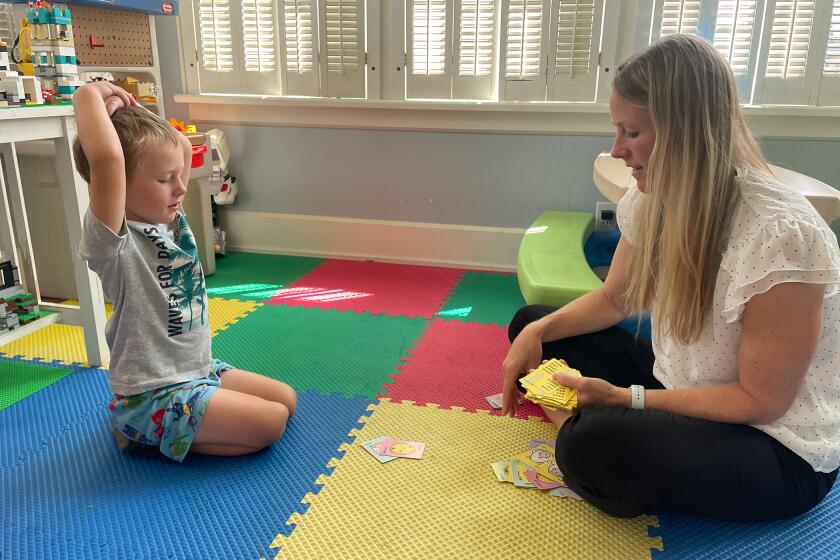Home Improvement : Pool Contaminants Easy to See, but Aren’t What You Expect
With the luxury of having your own pool comes the responsibility to make sure the water isn’t contaminated.
Signs of contamination are easy to spot, but they may not be what you expect, says Randy Redd, a Du Pont chemical engineer.
“Most people think that if they can smell chlorine, the water is clean. But a strong chlorine odor is the smell of chloramines, the contaminated part of water. Chloramines are the chemical result of the reaction between chlorine and organic contaminants.”
That heavy chlorine smell, or water that irritates your eyes or is cloudy, signals contamination.
Common contaminants are suntan oil, sweat, rain, leaves and other windblown debris that may find its way into the water.
Redd, whose company makes Impact, a monosulfate used in making oxygen-based speed “shocks” for treating water, recommends treating your pool every two weeks. Repeat the maintenance routine any time there has been heavy use or heavy rain, or when the warning signs are present.
Oxygen-based “shocking” can be done quickly, leaving pool water ready for swimming within 15 minutes. The shocks should be used in conjunction with normal sanitizing and algae control.
In contrast, he says, with chlorination it may be 8 to 10 hours before the pool can be used. Chlorination requires elaborate, precise calculation to administer.



